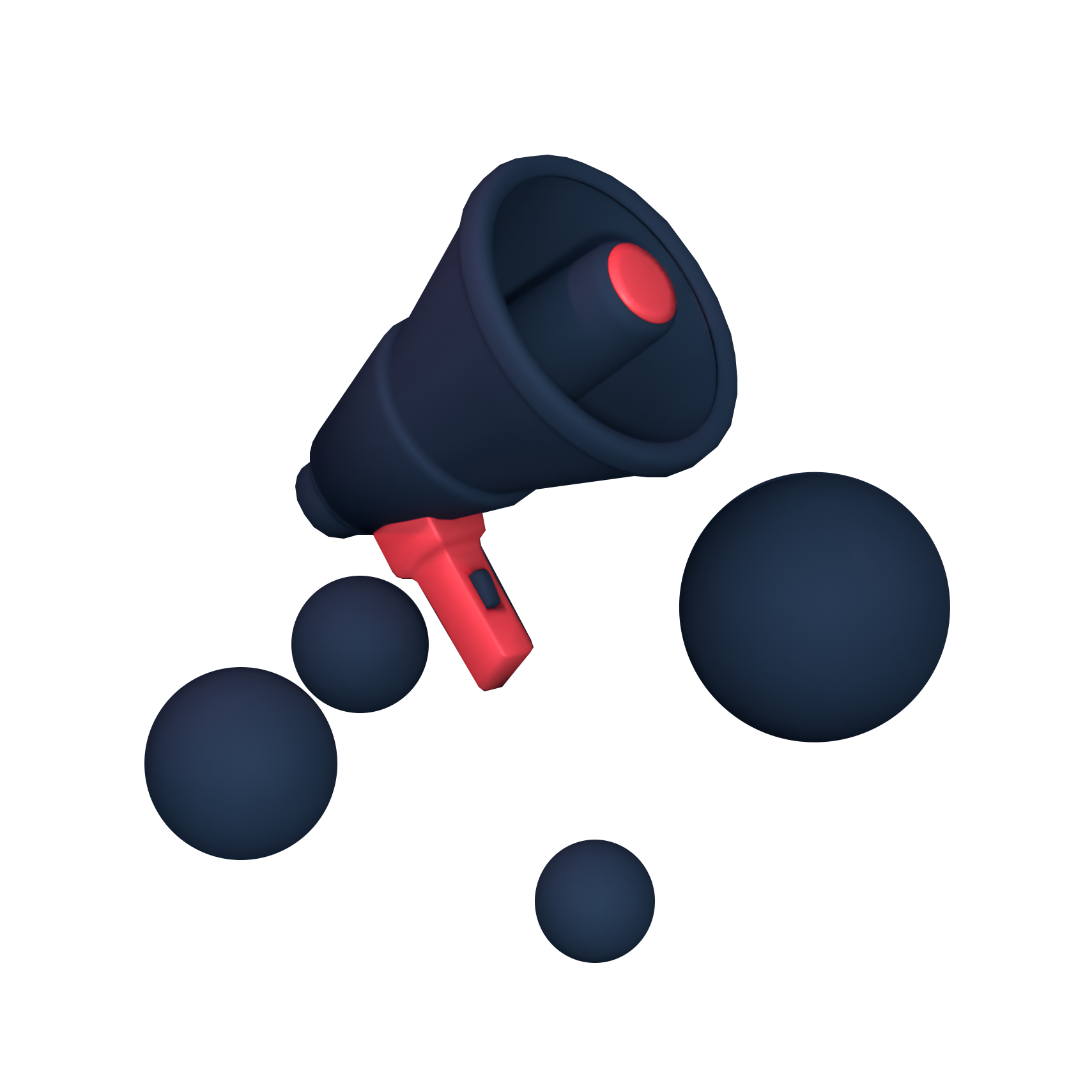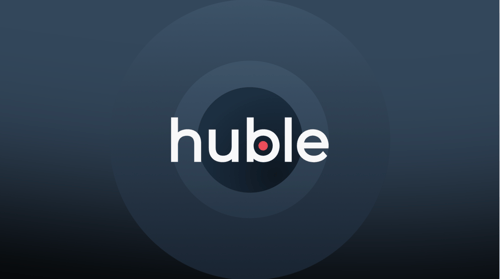There are no results
People nowadays expect customisation everywhere – from gift cards and cakes to furniture and clothes, but what about websites? Should they look the same to every visitor or should they be customised, too?
We think they should. By taking advantage of website customisation and personalisation, you can create a unique experience that speaks to each individual customer. (Still not sold on the importance of personalisation? This blog explains its importance).
But how?
That’s where HubSpot’s smart content comes in…
What is HubSpot’s smart content and why should I care?
HubSpot’s smart content allows you to show different content to website users based on certain criteria. These options include: list membership, device type, referring source, lifecycle stage, country and language.
Smart content based on list membership and lifecycle stages only works for contacts who are already in your CRM. Country, device type, referral source, and preferred language can be used for contacts, customers and anonymous visitors.
Using smart content, you can make your website more personal and relevant to prospects, as well as optimise the user experience – particularly when it comes to mobile (but more about this later on).
Where can you use smart content?
-
On landing pages and website pages (in rich text modules)
-
In templates (in rich text modules or global modules)
-
In emails (in the subject line and in the main body copy)
-
In calls-to-action (CTAs) – if you’re not sure where to place your CTAs, we have a blog that may be of help!
How does all of this work, exactly?
Smart content works by using the information stored in cookies on a user’s browser. Cookies contain information such as the user’s IP address, device type, browsing history and login details.
Depending on the criteria you have set, smart content will appear when a user meets that criteria – otherwise, it will just show the default content.
If a website visitor accepts cookies from your website, HubSpot will be able to create a contact record and identify that visitor. On subsequent visits, that visitor will be shown different content (should they meet the criteria) based on the information stored in your CRM.
Here are some examples of smart content…
How could smart content work for a marketer in Singapore? Check out the scenarios below!
-
Contact’s list membership
Example: For contacts who have already downloaded your eBook “Ultimate Guide to Singapore International Schools”, you could use the list membership criteria (i.e. those who have downloaded x) to show them another piece of content instead, such as: “Checklist to Choose the Right International School for Your Child.”
-
Visitor’s device type
Example: Let’s say you’ve created a great long-form article comparing the best cocktail bars in Singapore and want to show a shorter, summary version to website visitors on mobile (as they are more likely to just want a brief summary to refer to while on the go). To start with, create a shorter version of your article. Then go to the rich text module in HubSpot you want to shorten, and turn it into a ‘smart’ module.
-
Referring source of visit
Example: You want users who click through to your website via a paid social ad to see a discount code they can use to buy your products through the online shopping platform Lazada, whereas other website users won’t see this discount code.
You can create a smart module containing the discount code and use the criteria referral source to ensure the discount code is only shown to those arriving via paid social.
-
Contact’s lifecycle stage
Example: You want to convert subscribers and leads with a CTA to a top-of-the-funnel (TOFU) piece of content (“How to attract tech talent in Singapore”), but for your sales qualified leads (SQLs) you would like to show a bottom-of-the-funnel (BOFU) CTA instead (“Book a free recruitment software demo”).
Here you can use the ‘lifecycle stage’ criteria so subscribers and leads see CTAs to TOFU content, while SQLs see CTAs for BOFU content.
-
Visitor’s country
Example: You have different service offerings in Malaysia, Indonesia and Singapore and want to show the visitor the relevant services based on the country they’re in.
This is an easy one – just set your smart content criteria to ‘country’ (which will be determined by the user’s IP address) and you can change your services based on where the visitor is from (make sure to write the content for the services, of course).
-
Visitor’s preferred language
Example: You have an industry guide in English and in Chinese language and want to promote the relevant asset on your website based on the user’s preferred language.
To show the right version to the right people, set your smart content criteria as ‘preferred language’ and (depending on the user’s browser language) one of the versions will be shown – i.e. users with their browser language set as English will see the English version and so on.
In conclusion…
Smart content is a great way to personalise your website and make it more appealing to website visitors. In an age where people are expecting unique experiences – i.e. engagement that’s tailored to them – having a bit of smart content on your website can really bolster engagement and lead generation.
It’s simple enough to deploy and can deliver superb results for your company. If you want more information on how to build smart CTAs in HubSpot, check out episode three of our HubSpot training series.

Generate Demand & Build Brand Equity
Latest Insights

Marketing & Creative
14 min read
AEO, GEO, AI SEO: Insights from SEMRush's Spotlight 2025
Here are some other highlights and lessons learned from Spotlight 2025, which covered the latest developments in AI Search and SEO strategies.

HubSpot Implementations
8 min read
What red flags should you avoid when choosing a HubSpot partner?
Avoid costly mistakes by choosing the right HubSpot partner. Learn the seven red flags to watch for in data, UAT, documentation, flexibility, and global reach.

HubSpot Implementations
7 min read
How ISO 27001 and ISO 9001 certifications de-risk HubSpot CRM implementations
Ensure secure and high-quality HubSpot implementations with ISO 27001 and ISO 9001 certified consultancy, balancing speed and safety for global enterprises.

HubSpot Implementations
7 min read
How do certifications like ISO/IEC 27001 and ISO 9001 impact HubSpot consultancy choice?
ISO 27001 and ISO 9001 certifications reduce vendor risk and enhance delivery quality for complex, multi-region HubSpot implementations.

HubSpot Implementations
10 min read
Beyond Compliance: Why Healthcare Providers Choose Huble for HubSpot CRM
Ensure your healthcare CRM excels in governance, compliance, and adoption with our ISO-certified, security-focused approach designed to mitigate risks and improve patient trust.

HubSpot Implementations
12 min read
From Failure to Function: HubSpot Rescue & Rehab with Huble
Rescue failing CRM rollouts with Huble's expert governance, documentation, and adoption strategies to restore control, confidence, and long-term success.

HubSpot Implementations
9 min read
How should enterprises evaluate a HubSpot implementation partner?
Evaluate HubSpot partners using a comprehensive scorecard to ensure depth, governance, and global capability.
-3.png?width=500&height=320&name=Matt%20-%20imagery%20bank%20(8)-3.png)
HubSpot Implementations
7 min read
HubSpot Inbound 2025: Key Product Updates for AI, Data Hub, and CRM
Discover how HubSpot’s 2025 updates—AI agents, Data Hub, CRM, Marketing Studio, and CPQ—help enterprises unify data, scale AI, and grow with confidence.

HubSpot Implementations
7 min read
Post-M&A CRM Consolidation: How Huble Delivers a Unified HubSpot Experience
M&A success depends on unified systems. See how HubSpot and Huble deliver Day 1 readiness, dual compliance, and long-term growth across regions.

HubSpot Implementations
8 min read
Why Global Enterprises Choose Huble as Their HubSpot Partner
Discover how Huble helps enterprises achieve growth and long-term results as a trusted HubSpot Partner.

